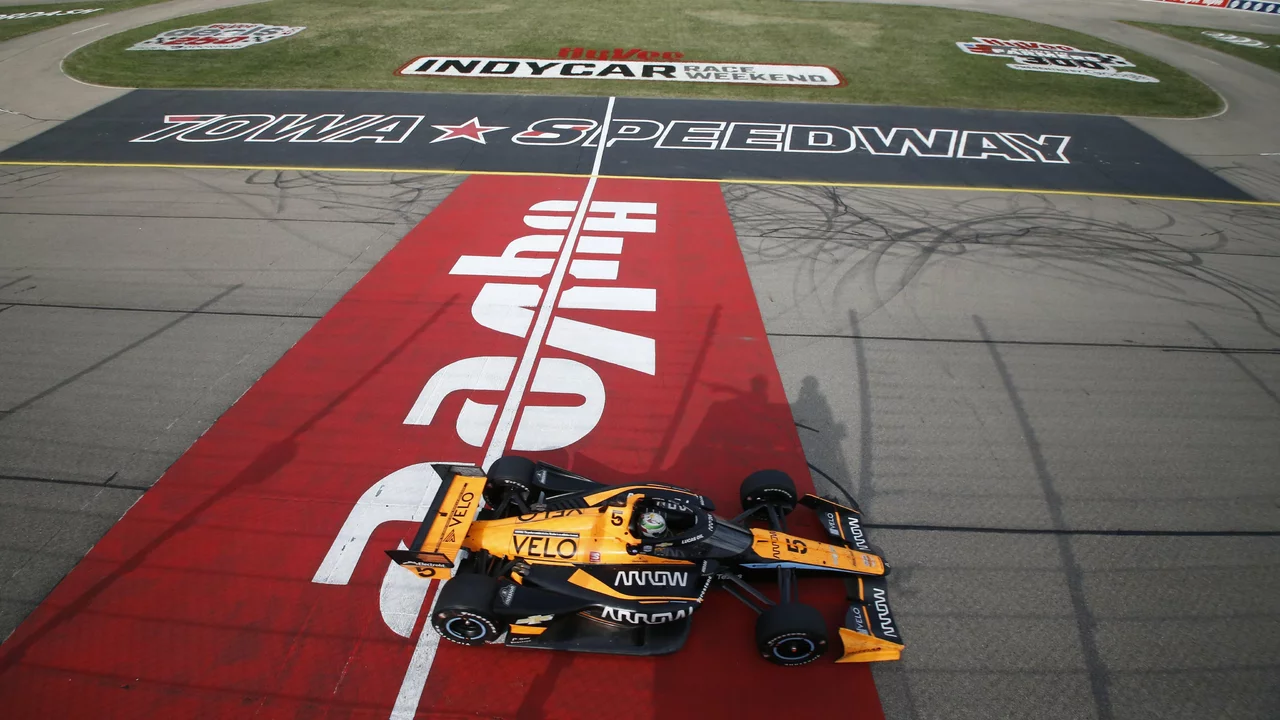Fuel Insights for Motorsport Fans – Power, Performance & Tips
Ever wonder why a pit crew ducks into the garage with a tankful of petrol and a stopwatch? Fuel isn’t just a liquid you pour in – it’s the heartbeat of every race car. From the roar of a Formula 1 engine to the thunder of an Indy car, the right mix of fuel decides who wins, who pits early, and who watches from the sidelines.
Most fans think fuel is simple: more juice equals more speed. In reality, it’s a balancing act. Teams spend millions testing blends that give power without making the engine overheat or waste precious weight. A heavier tank means slower lap times, but running out of fuel costs even more – a lost podium or a DNF (did not finish). That’s why you’ll often see drivers easing off the throttle for a few seconds on a straightaway, just to keep the fuel flow steady.
How Fuel Shapes Performance
Fuel quality matters more than the brand name on the pump. Motorsport fuel is specially formulated with higher octane levels, allowing engines to run at higher compression without knocking. Higher octane gives more power per drop, which is why you’ll read about “energy‑dense” blends in race reports.
Another factor is fuel strategy. During a race, teams calculate exactly how many laps each stint will last based on fuel consumption rates. A classic example is the 2016 Le Mans battle where Ken Miles (yes, the legendary driver) lost the win due to a fuel‑related technicality. The team mis‑judged the final fuel load, and the car slowed just enough for the rival to take the lead.
Even in virtual discussions, fans compare aspects like "unrestricted racing" where any vehicle can join. In those wild scenarios, fuel becomes the great equalizer – a monster truck may dominate on straight lines but burn fuel faster than a sleek prototype. That’s why unrestricted races often have mandatory fuel‑efficiency rules to keep the competition fair.
Tips for Saving Fuel in Your Own Drive
If you’re not behind a race car’s wheel, you can still apply a few pro tricks to your daily commute. First, keep your engine humming at a steady RPM – sudden rev spikes waste fuel. Second, shave off unnecessary weight: a roof rack or heavy cargo forces the engine to work harder, just like an overloaded fuel tank on a race car.
Third, plan routes that avoid heavy traffic. Stop‑and‑go situations are fuel‑hungry, just as a race car stuck behind a slower car burns extra fuel trying to overtake. Finally, consider a fuel‑efficient blend if your local station offers one – it’s the civilian version of the high‑octane mix teams use.
All this talk about fuel might make you think it’s only for the pros, but the same principles guide everyday drivers. Whether you’re cheering at a Formula 1 Grand Prix, watching an Indy race on TV, or simply filling up your sedan, understanding how fuel works brings you closer to the action.
So next time you hear a commentator shout, "Fuel strategy for the final lap!", you’ll know exactly why that moment matters. It’s not just drama – it’s science, economics, and a love for speed all poured into one tank.



